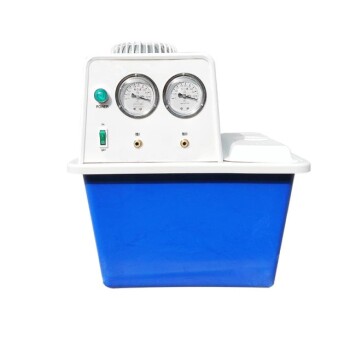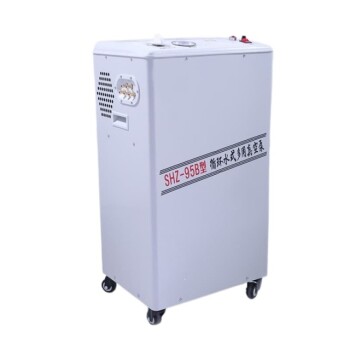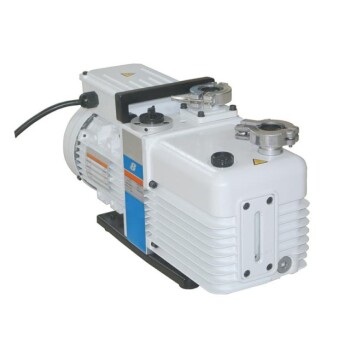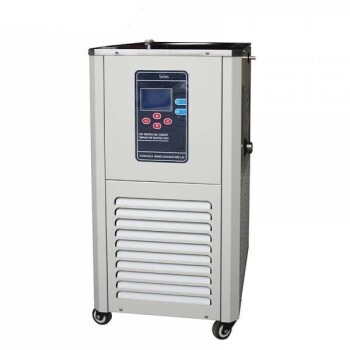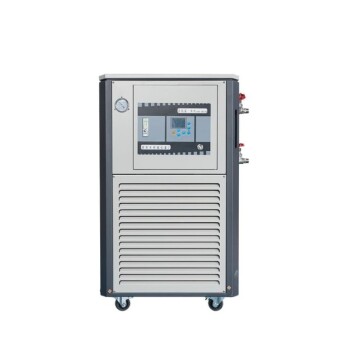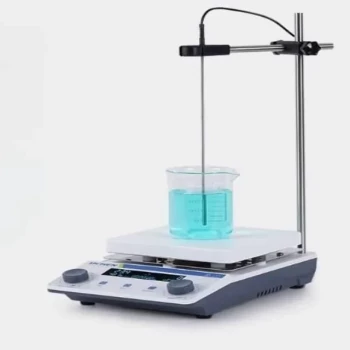Resource Efficiency
Water Conservation and Cost-Effectiveness
Circulating water vacuum pumps offer significant advantages in terms of water conservation and cost-effectiveness, making them a superior choice over traditional oil pumps. Unlike oil pumps, which require continuous fresh water supply, circulating water systems reuse the same water, thereby drastically reducing water consumption. This reuse not only conserves valuable water resources but also lowers operational costs, as the need for frequent water replenishment is eliminated.
Moreover, the cleaning process for circulating water systems is notably more straightforward and economical compared to oil pumps. The water in these systems can be easily filtered and treated, reducing the complexity and cost associated with maintaining the equipment. This simplicity in maintenance translates to fewer downtime and lower operational expenses, further enhancing the cost-effectiveness of using circulating water vacuum pumps.
In summary, the combination of water conservation and reduced maintenance costs makes circulating water vacuum pumps an economically and environmentally advantageous option for laboratories and industrial applications.
Energy Savings
Vacuum pumping systems, particularly those utilizing circulating water, offer a significant advantage in terms of energy consumption. These systems can reduce electricity usage by over 35% compared to other types of vacuum pumps. This substantial energy savings is attributed to the efficient design and operation of circulating water vacuum pumps, which minimize energy wastage through optimized fluid dynamics and reduced mechanical friction.

To put this into perspective, consider the following comparison:
| Type of Vacuum Pump | Electricity Savings |
|---|---|
| Circulating Water Pump | Over 35% |
| Traditional Oil Pump | 0% |
| Dry Screw Pump | 20% |
The energy-efficient performance of circulating water vacuum pumps not only lowers operational costs but also contributes to a smaller carbon footprint, making them an environmentally friendly choice for laboratories and industrial settings. This efficiency is particularly beneficial in continuous operation environments, where energy savings can accumulate over time, leading to substantial cost reductions and increased sustainability.
Operational Features
Noise Reduction
The noise reduction capabilities of laboratory circulating water vacuum pumps are significantly enhanced by the integration of a specialized fluid muffler. This innovative component plays a crucial role in minimizing the noise produced during operation. By effectively reducing the gas content in the water, the fluid muffler not only ensures quieter operation but also contributes to a more serene working environment.
To better understand the mechanics behind this noise reduction, consider the following breakdown:
| Feature | Description |
|---|---|
| Fluid Muffler | A specialized component designed to reduce gas content in the circulating water, thereby lowering operational noise. |
| Gas Reduction | By minimizing the presence of gas in the water, the muffler helps to dampen the noise generated during the vacuum pumping process. |
| Operational Benefits | The reduced noise levels not only enhance the working environment but also contribute to the overall efficiency and longevity of the pump. |
This noise reduction technology is particularly beneficial in laboratory settings where quiet operation is essential for maintaining a focused and productive atmosphere. The fluid muffler's efficiency in reducing noise underscores the advanced engineering and thoughtful design inherent in laboratory circulating water vacuum pumps.
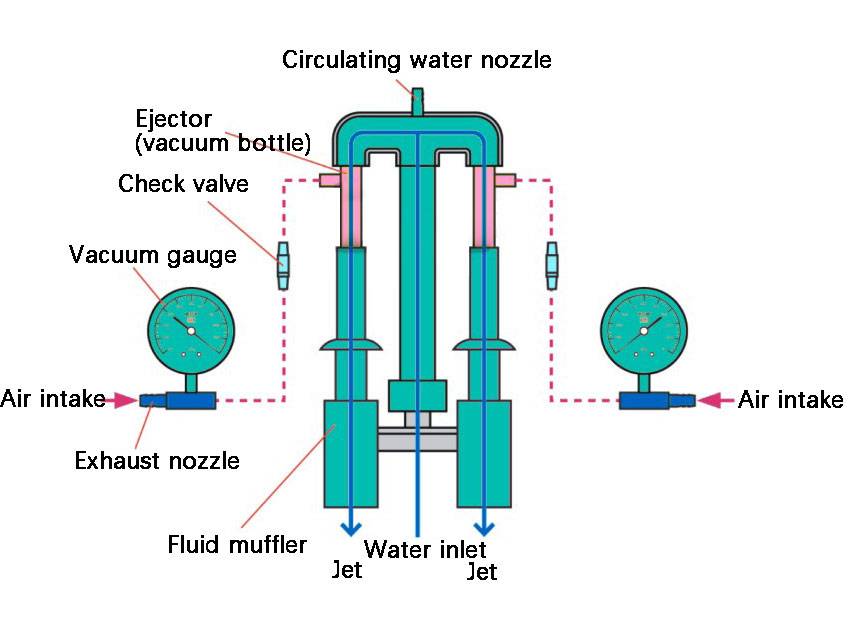
Versatility in Use
Laboratory circulating water vacuum pumps offer a high degree of flexibility in their application, making them suitable for a wide range of laboratory settings. One of the key features that contribute to this versatility is the double tap system. This system allows for the simultaneous use of two independent vacuum lines, each with its own meter display. This dual setup enables researchers to monitor and control two different experiments or processes simultaneously, enhancing the efficiency of their work.
Moreover, these pumps can be configured to operate either individually or in parallel. When used individually, each tap can be dedicated to a specific task, ensuring precise control and monitoring. In contrast, operating in parallel allows for increased vacuum capacity, making it ideal for more demanding applications that require higher throughput. This dual functionality not only optimizes resource utilization but also provides a scalable solution that adapts to varying experimental needs.
| Configuration | Description | Application |
|---|---|---|
| Individual Use | Each tap operates independently with its own meter display. | Ideal for precise control in separate experiments. |
| Parallel Use | Both taps operate together to increase vacuum capacity. | Suitable for high-throughput applications requiring greater vacuum power. |
The ability to switch between these modes effortlessly adds to the overall convenience and utility of laboratory circulating water vacuum pumps, making them a versatile tool in any researcher's arsenal.
Durability and Safety
Corrosion Resistance
The circulating water vacuum pump is engineered to withstand harsh environments, making it an ideal choice for laboratories where corrosive substances are prevalent. This pump is designed to exhibit remarkable resistance to acids, alkalis, and solvents, ensuring its longevity and reliability in such conditions.
Unlike traditional pumps that may degrade quickly when exposed to corrosive agents, the circulating water vacuum pump maintains its structural integrity and operational efficiency. This is achieved through the use of high-quality materials that are inherently resistant to chemical attacks. For instance, the pump body is often constructed from polypropylene (PP), while critical components like the injector and pumping nozzle are made from stainless steel, both of which are known for their excellent corrosion resistance properties.
Moreover, the motor used in these pumps is manufactured by reputable companies and features PTFE rubber sealing, which further protects the internal mechanisms from corrosive gas intrusion. This dual-layer protection ensures that the motor remains unaffected by the corrosive environment, thereby enhancing the overall durability and safety of the pump.
In summary, the corrosion resistance of circulating water vacuum pumps is a key advantage that makes them indispensable in laboratory settings where the handling of corrosive substances is a routine part of the workflow.
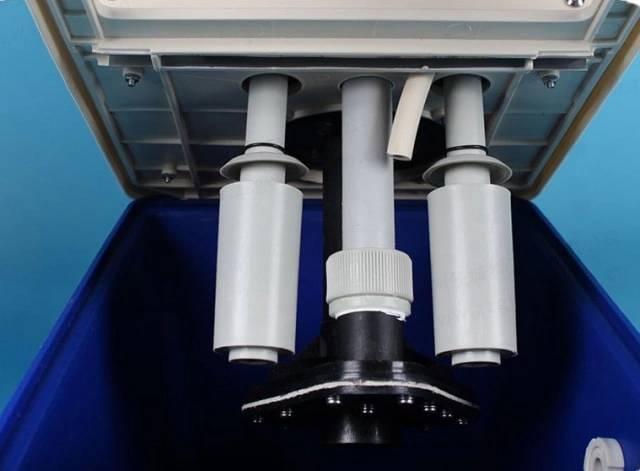
Motor Quality and Sealing
The motor utilized in the circulating water vacuum pump by Huachen Instruments is sourced from a leading manufacturer renowned for its high-quality components. This motor is meticulously designed to ensure optimal performance and longevity. One of the key features that set this motor apart is its use of PTFE rubber sealing, which provides an effective barrier against corrosive gases. This sealing mechanism is crucial as it prevents any potential intrusion of corrosive gases into the motor's interior, thereby safeguarding the motor from damage and ensuring its reliable operation.
The PTFE rubber sealing is not just a standard feature; it is a strategic choice that underscores the manufacturer's commitment to quality and safety. This sealing material is known for its superior resistance to chemical corrosion, making it an ideal choice for environments where exposure to acidic or alkaline substances is a concern. By incorporating this advanced sealing technology, Huachen Instruments ensures that their circulating water vacuum pumps can withstand harsh laboratory conditions without compromising on performance or durability.
In addition to the motor's robust construction and advanced sealing, the overall design of the pump is also geared towards enhancing its reliability. The absence of corrosive gas intrusion into the motor not only protects the internal components but also contributes to the pump's overall efficiency and longevity. This attention to detail in the motor's design and sealing technology is a testament to Huachen Instruments' dedication to delivering high-performance, durable equipment that meets the rigorous demands of laboratory environments.
Maintenance and Performance
Water Quality Maintenance
Maintaining the purity of the water in the circulating water vacuum pump is crucial for ensuring optimal performance and longevity of the system. Regularly replacing the water in the tank is essential to prevent the buildup of contaminants, which can compromise the vacuum degree and overall efficiency of the pump. This practice not only helps in sustaining a consistent vacuum level but also extends the lifespan of the pump by reducing the risk of corrosion and other forms of degradation.
In scenarios where the pump is used to extract corrosive gases, such as acids or alkalis, the frequency of water replacement must be increased. This precautionary measure is necessary to mitigate the corrosive effects of these gases on the water, which could otherwise lead to accelerated wear and tear on the pump components. By shortening the water replacement cycle in such environments, users can effectively protect the integrity of their equipment and ensure continuous, reliable operation.
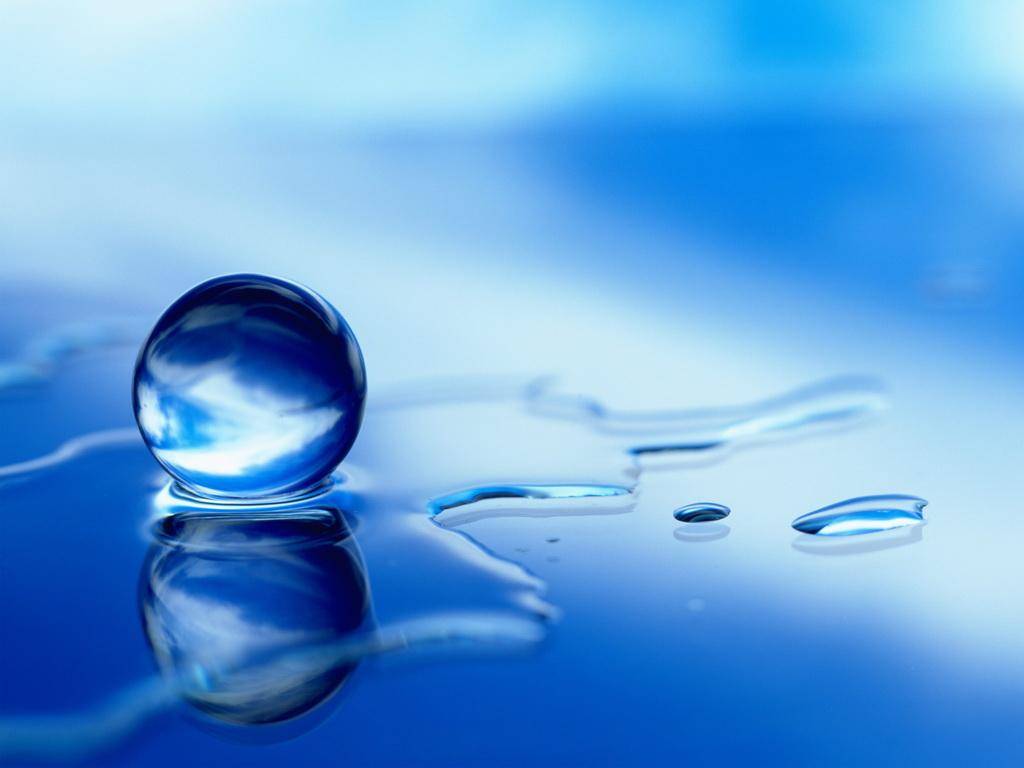
To further illustrate the importance of water quality maintenance, consider the following table outlining the recommended water replacement intervals based on the type of gases being extracted:
| Type of Gas | Recommended Water Replacement Interval |
|---|---|
| Non-corrosive | Every 3 months |
| Mildly corrosive | Every 2 months |
| Highly corrosive | Every 1 month |
Adhering to these guidelines ensures that the circulating water vacuum pump remains in peak condition, providing consistent and efficient service in even the most demanding laboratory environments.
Material Durability
The pump body of the laboratory circulating water vacuum pump is crafted from Polypropylene (PP), a material renowned for its exceptional resistance to corrosion and chemicals. This choice of material ensures that the pump can withstand the harsh conditions often encountered in laboratory settings, particularly when dealing with acidic gases. The injector and pumping nozzle, on the other hand, are fabricated from stainless steel, a metal known for its durability and resistance to both corrosion and high temperatures.
| Component | Material | Benefits |
|---|---|---|
| Pump Body | Polypropylene | High corrosion resistance, suitable for acidic environments |
| Injector | Stainless Steel | Durable, resistant to corrosion and high temperatures |
| Pumping Nozzle | Stainless Steel | Ensures longevity and performance in harsh conditions |
This combination of materials not only enhances the longevity of the pump but also ensures that it performs reliably under demanding conditions. The use of stainless steel in critical components like the injector and pumping nozzle further bolsters the pump's ability to handle acidic gases without compromising its structural integrity or operational efficiency.
For more information on related equipment, check out our cooling water circulator.
Related Products
- Laboratory Benchtop Water Circulating Vacuum Pump for Lab Use
- Laboratory Vertical Water Circulating Vacuum Pump for Lab Use
- Laboratory Rotary Vane Vacuum Pump for Lab Use
- Vacuum Cold Trap Chiller Indirect Cold Trap Chiller
- Vacuum Cold Trap Direct Cold Trap Chiller
Related Articles
- How to Choose and Optimize Water Circulating Vacuum Pumps for Your Lab
- Choosing the Right Rotary Vacuum Evaporator for Your Lab
- How to Choose Laboratory Vacuum Pumps for Maximum Efficiency and Cost Savings
- Step-by-Step Guide to Operating a Short Path Distillation Apparatus
- From Chemistry to Cooking The Versatility of Rotary Vacuum Evaporator

